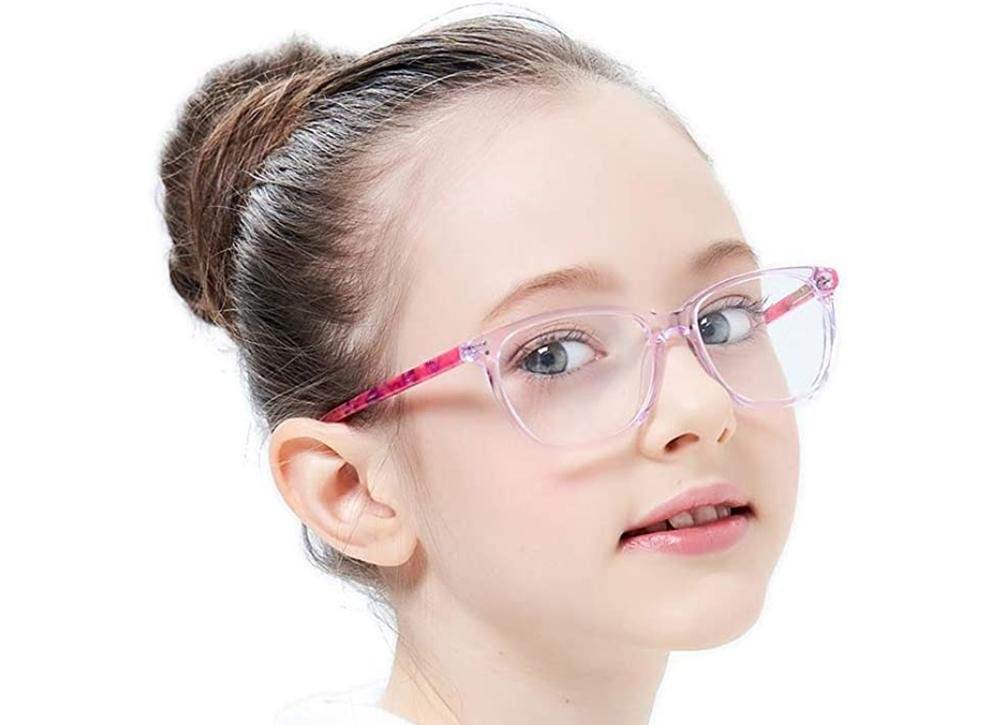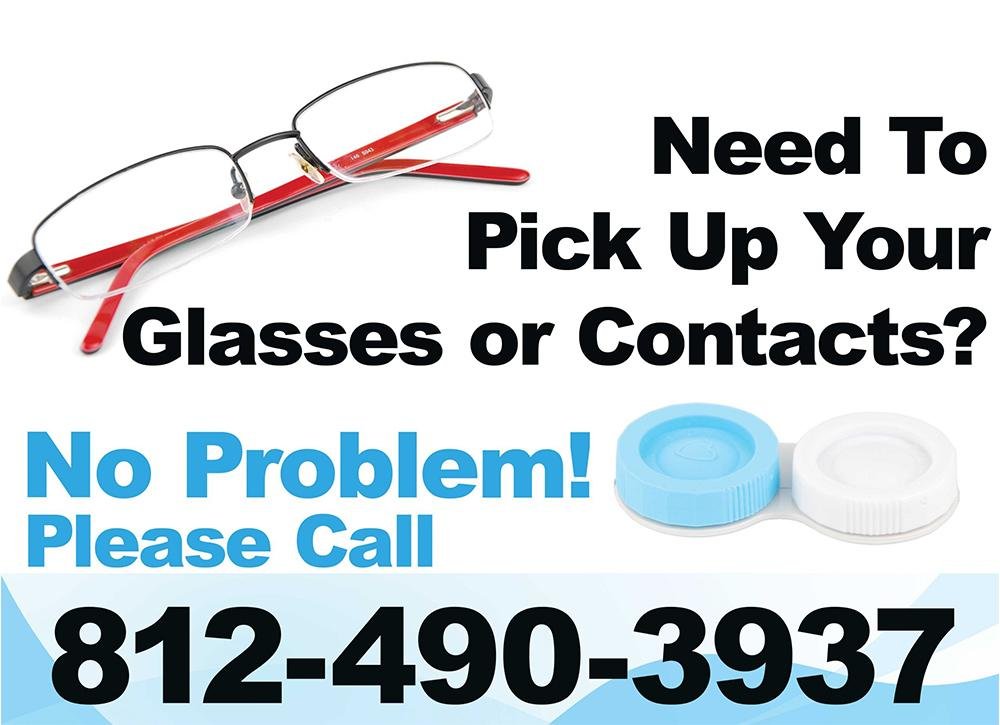Now more and more friends wear glasses. Some children have been wearing glasses since childhood. The distance between the eyes of children is smaller than that of adults with the same type of glasses. So what kind of frames do children choose?
Are children optometry matched with glasses the same as adults?
The optometry of children is one of the main works of optometry. Compared with adult optometry and glasses, children's optometry and glasses have both commonness and particularity. It is an area at the intersection of pediatric ophthalmology, pediatric optometry, and optometry. It requires the operator not only to have the knowledge of ophthalmology but to have the basis of children's ophthalmology and children's optometry. And they should be an optometry expert. Dealing with children's refractive problems is as much an art as a technique.
Glasses may have different functional priorities.
Children's glasses focus on the treatment of eye disease, adult glasses focus on improving vision. To children with myopia, matching glasses is to improve vision really, eliminate fatigue, coordinate the muscles inside and outside of the eye, and can prevent myopia to deepen. For children, when they suffer from hyperopia, anisometropia, strabismus, amblyopia, and so on, sometimes they wear glasses to treat eye disease. It is the prerequisite for future vision improvement.
What characteristics do children's glasses have?
The lens degrees need to change with the degrees of the eye. Because children are still in the process of growth and development, especially preschool children and adolescent children. Preschool is the key period of visual development, and farsightedness is slowly reduced. The eyeball development is close to an adult. Adolescence is the second peak of eyeball development, and myopia is most in this stage and little by little deepens, stopping at the end of adolescence.
What kind of frames should children choose?
Children should try to choose silicone when they choose the frame, especially when they are very young. Pay attention to avoid wearing the frame with a nose pad as far as possible. Children are younger and their bones are in the developing period. For anti-blue light glasses, try to wear them when looking at electronic products, and it is best not to wear them the rest of the time.





































